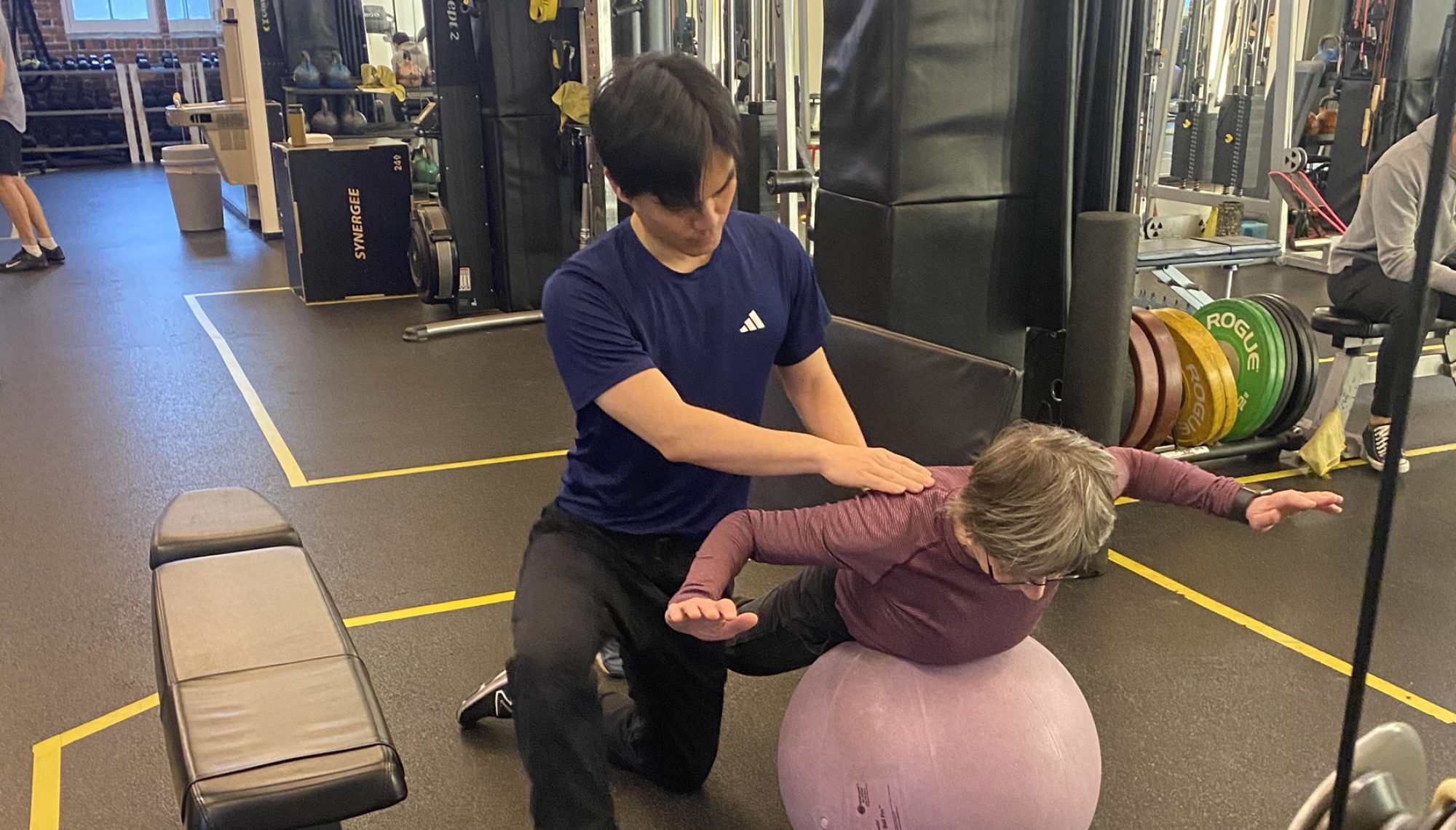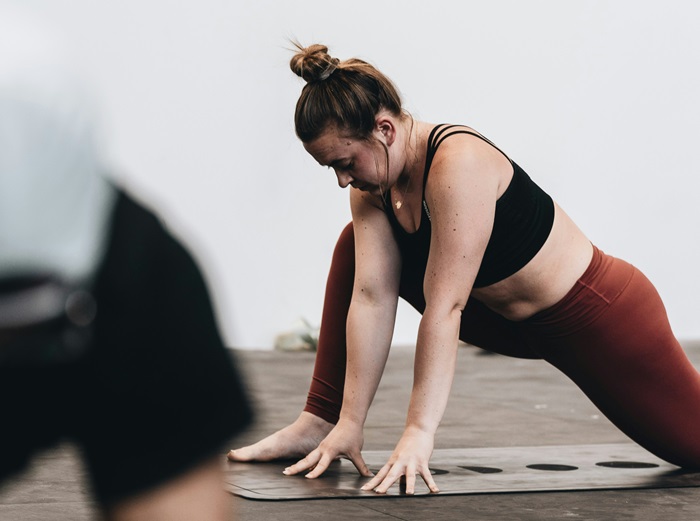Osteoarthritis (O.A.) in the hip is a common degenerative condition that can greatly impact an individual’s mobility and quality of life. Understanding how O.A. develops, the contributing factors, and effective treatment approaches can help prevent severe progression, provide relief, and improve functional movement.
Understanding Osteoarthritis in the Hip
Pathophysiology of Hip O.A.
Osteoarthritis is characterized by degenerative changes, including the loss of articular cartilage within the hip joint, the formation of osteophytes, and the hardening of subchondral bone (Pereira et al., 2011). It often leads to a limitation in range of motion, especially internal rotation (less than 15 degrees), followed by limited flexion and abduction. Symptoms typically include morning stiffness that improves with movement, fatigue, and pain intensifying later in the day.
Contributing Factors to O.A. Development
Multiple factors can contribute to the development of hip O.A., including:
- Aging and genetic predispositions
- Muscle imbalances and obesity
- Femoracetabular impingement (Ganz, 2008)
- Lifestyle factors like high BMI, smoking, and lack of activity (Liying, 2009)
Typical Muscle Imbalances
Clients with hip O.A. often have tight:
- Hip flexors
- Iliotibial (IT) band – Caution is advised for clients post-total hip replacement (THR) due to risks associated with IT band stretching.
- Quadriceps
- Primary hip internal rotators (e.g., gluteus medius, minimus, tensor fasciae latae, semitendinosus)
Surgical Approaches for Hip O.A.
In advanced cases, hip replacement surgery is often recommended. The two main approaches are:
Physical Therapy for Hip O.A. and THR Recovery
Early Phase of Therapy
Soft tissue mobilization and manual therapy are essential for reducing tightness in connective tissue and fascia. Stretching of tight muscles, such as hamstrings and quadriceps, promotes improved range of motion. Stability exercises (e.g., bridges, standing hip abduction) are also introduced early for foundational strength.
Functional Strengthening and Endurance
The primary goal is to improve functional strength and endurance by focusing on:
- Strengthening weakened hip muscles (e.g., gluteus medius, minimus, hamstrings)
- Stretching tight muscles (e.g., quadriceps, calves)
- Implementing endurance exercises like yoga, water therapy, or progressive walking for balance and core stability
Exercises to Avoid
Clients should avoid movements that could compromise the prosthesis or induce hip pain, including:
- Deep squats and single-leg squats (which may stress the hip joint)
- Running, as it exerts repetitive impact on the joint
Aquatic Therapy
Studies show that aquatic therapy can significantly reduce pain and improve physical function for clients with hip O.A. (Hinman et al., 2007). In conjunction with targeted hip abductor strengthening, pain reduction and functional improvements have been achieved in various clinical studies.
Conclusion
Managing hip osteoarthritis involves a multi-faceted approach that includes assessment, strategic strengthening, flexibility exercises, and possibly surgical intervention. By understanding the nuances of hip O.A., health professionals can provide a tailored and effective approach to help clients maintain mobility and reduce discomfort. Whether through physical therapy, targeted strengthening, or lifestyle modifications, a proactive approach can make a significant difference in the journey to better hip health.
Pre-Surgery Training for Hip Replacement: Strengthening and Preparing for Success

